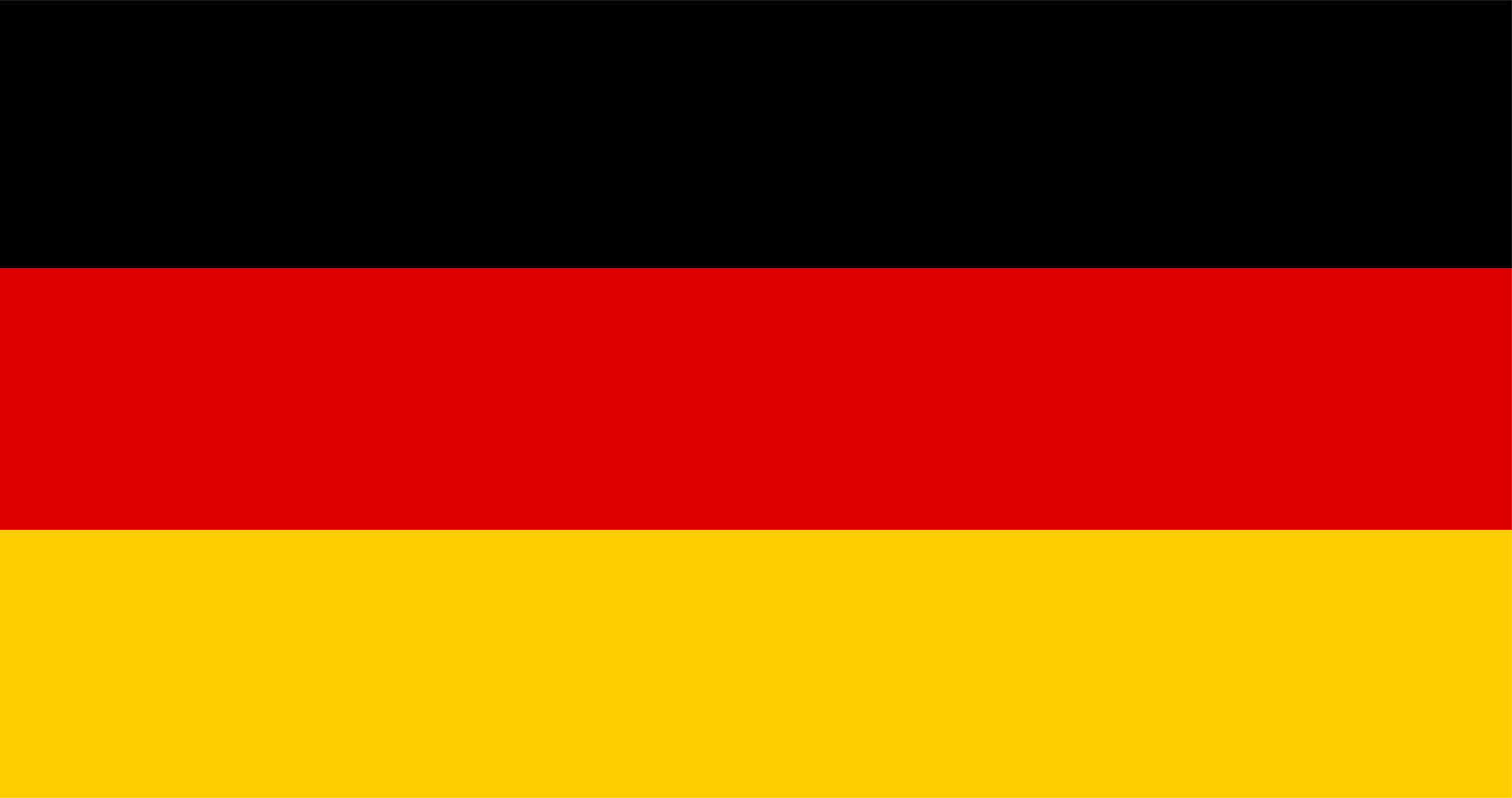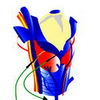What is the importance of the thyroid gland?
The thyroid gland is located in the center of the lower neck, under the larynx (voice box) and just above your collarbones. It has a two-lobed structure, consisting of a right and a left lobe and a connection between the two lobes, the thyroid isthmus. You cannot always feel a normal thyroid gland.
Your thyroid gland is one of the endocrine glands that produce hormones to control the physiological functions of your body. The thyroid gland produces thyroid hormones, which determine the extent to which your body maintains its vital functions. Other endocrine glands are the pancreas, the pituitary gland, the adrenal glands, the parathyroid glands, the testicles and the ovaries.
Diseases of the thyroid gland are very common. The most common diseases are hyperthyroidism and hypothyroidism. These conditions are called hyperthyroidism and hypothyroidism. Sometimes the thyroid gland can become larger due to hyperthyroidism or hypothyroidism. An enlarged thyroid gland is often referred to as a “goitre”. In some cases, inflammation of the thyroid gland (Hashimoto’s inflammation) also causes enlargement.
What do I do if I have an enlarged thyroid?
Sometimes nodules can develop in the thyroid gland. The growth of the nodes can sometimes be slow or fast. Patients who have undergone radiotherapy to the head or neck are particularly prone to developing thyroid disease. If the nodules grow in size, it is usually advisable to have the thyroid gland surgically removed.
Thyroid dysfunction or a thyroid nodule is diagnosed by taking a medical history and performing an examination. In particular, your doctor will examine your neck and ask you to lift your chin to allow the thyroid gland to protrude more. During the examination you will be asked to swallow, which helps to feel the thyroid gland and the nodules in it. Your doctor may arrange further examinations if necessary. An ultrasound examination of your neck and thyroid gland is usually carried out and laboratory tests of the blood to check thyroid function are initiated. A thyroid scintigraphy with radioactive iodine may also be necessary. Your doctor may also consider a fine-needle examination of the thyroid gland, a chest X-ray or, in rare cases, a computer tomography or MRI scan to be necessary.
How is a thyroid goiter treated?
If a thyroid goiter is present, your doctor will suggest a treatment plan based on the examination and your test results. Most thyroid nodules are benign. They are usually treated with thyroid hormones. This is called “suppression therapy”. The aim of this treatment is to shrink the lump, usually over a period of three to six months. If the lump continues to grow during treatment, despite taking the medication, most doctors recommend removing the affected lump.
How is thyroid dysfunction treated?
Hyperthyroidism or hypothyroidism is usually treated with medication. If there is insufficient production of thyroid hormones, this problem can be countered with a daily thyroid hormone tablet. Hyperthyroidism is usually treated with medication, although surgical removal of the thyroid gland is occasionally necessary. If cancer is suspected as a result of the fine needle aspirate, thyroid surgery is unavoidable.
What is thyroid surgery?
If there are goitres, nodules with signs of hyperthyroidism or hypothyroidism or malignant tumours that hinder swallowing or breathing, the thyroid gland is usually treated surgically. Thyroid surgery is an operation to remove part or all of the thyroid gland. If there is a nodule in the thyroid gland that cannot be safely classified as unsuspicious, the operation is performed so that a final histological examination can provide clarity about the nodule. The procedure is carried out in hospitals and is performed under anesthesia. During the operation, the lobe of the thyroid gland containing the nodule and possibly also the isthmus is usually removed. After the operation, you may have a drain, a small plastic tube, to prevent fluid accumulation in the wound. This is removed as soon as the accumulation of liquid is low.
What is nerve stimulation of the thyroid nerves?
The thyroid nerve is also known as the recurrent nerve. It is located on the posterior surface at the side of the thyroid gland and is usually only 1 mm in diameter. There is a risk of injury to the vocal fold nerve during the operation. If this occurs, those affected can no longer speak loudly and persistently. The literature describes a risk of injury of one to two patients for one hundred patients operated on using conventional procedures. To reduce the risk of injury, we use a nerve stimulator (neuromonitoring) during the operation. During the operation, the vocal fold nerve, which is about one millimeter thick, is then examined with magnifying glasses (magnification 2.5x) and its function checked with the nerve stimulator. When the nerve is touched with a stimulation rod, the device emits a clearly audible signal. The function of the nerve is then intact and the surgeon can continue operating carefully. This allows the surgeon to better protect the vocal fold nerve. This procedure considerably reduces the risk of permanent damage to the vocal cord nerve.
What complications are typical?
Most patients are discharged just a few days after the operation. Complications after thyroid surgery are rare. These include bleeding, for example, a raspy voice, swallowing problems, numbness of the skin or throat and calcium deficiency. Most complications pass after a few weeks. Patients who have had their entire thyroid gland removed have a higher risk of calcium deficiency after surgery. Some patients need to take calcium substitutes if their calcium levels are too low. After the operation, patients often have to take thyroid medication to replace the thyroid hormones.




